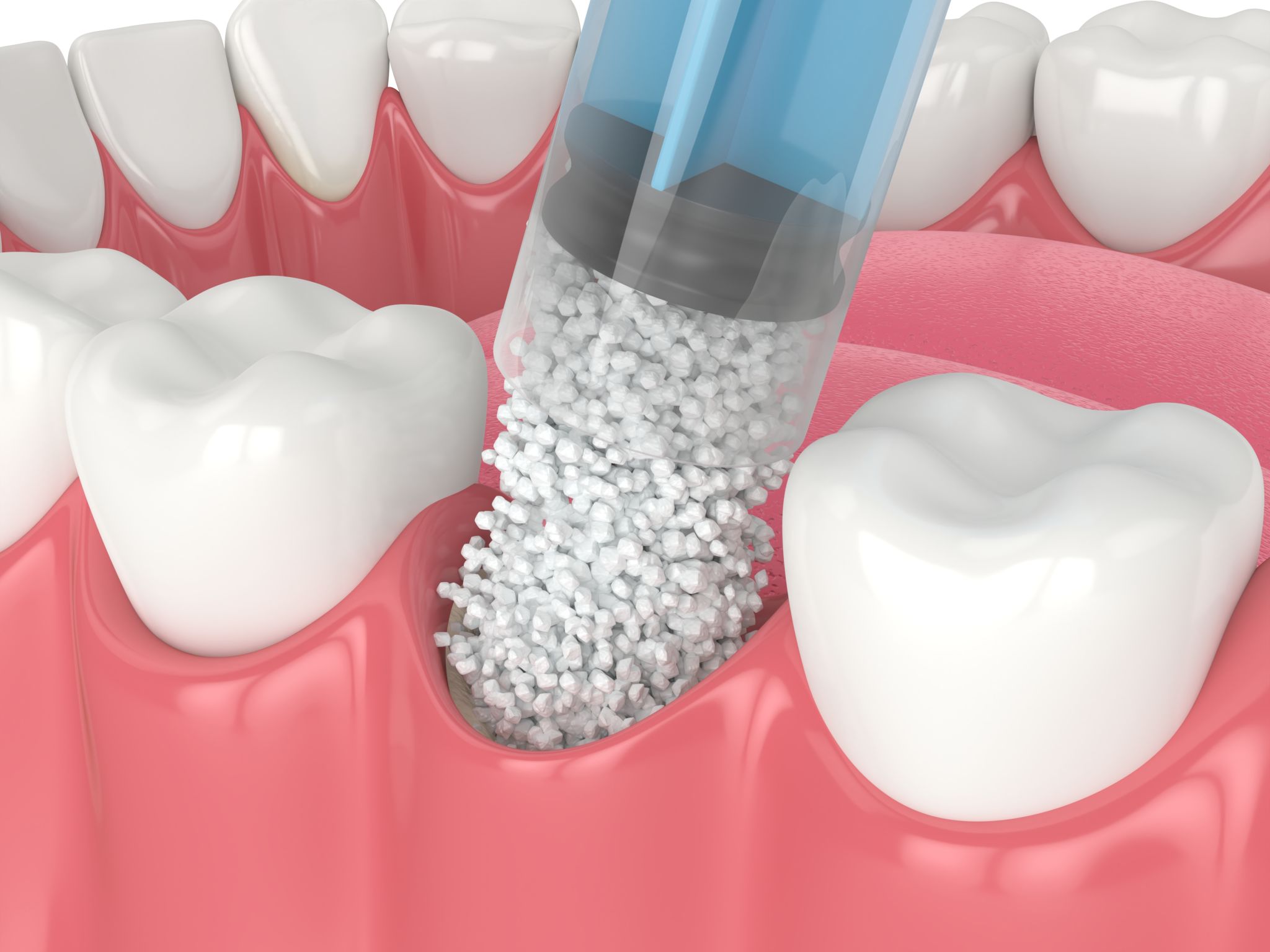Understanding the Process of Bone Grafts for Dental Implants
Introduction to Bone Grafts in Dentistry
Dental implants have revolutionized the way we approach tooth replacement. However, not every patient is an immediate candidate for this procedure due to insufficient bone density. This is where bone grafting comes into play. Understanding the process of bone grafts for dental implants can help patients make informed decisions about their oral health.
Why Are Bone Grafts Necessary?
Bone grafts are often required when there is not enough natural bone to support a dental implant. This can occur due to various reasons, such as periodontal disease, trauma, or prolonged tooth loss. Bone grafting helps to restore and regenerate bone volume, providing a sturdy foundation for the implant.

Types of Bone Grafts
There are several types of bone grafts used in dental procedures:
- Autografts: These involve taking bone from the patient’s own body, usually from the chin or hip.
- Allografts: These use bone from a donor, typically sourced from a bone bank.
- Xenografts: These involve bone from an animal source, such as bovine.
- Alloplasts: These are synthetic materials that mimic natural bone.
The choice of graft depends on various factors, including the size and location of the defect, patient preference, and the dentist’s recommendation.
The Bone Grafting Procedure
The bone grafting procedure is a surgical process that typically begins with an initial consultation and imaging tests like X-rays or CT scans to assess the existing bone structure. During the surgery, the dentist or oral surgeon will make an incision in the gum to expose the bone area needing augmentation. The chosen graft material is then placed and secured.

Post-Surgery Care and Recovery
After the bone grafting procedure, proper care is crucial for successful healing. Patients may experience some discomfort and swelling, which can be managed with prescribed medications. It's essential to follow the dentist’s post-operative instructions carefully to ensure optimal healing.
Recovery time can vary but generally takes several months for the new bone to integrate with the existing structure. During this period, regular follow-up appointments are necessary to monitor progress.

The Road to Dental Implants
Once the bone graft has fully integrated and sufficient bone density has been achieved, patients can proceed with dental implant placement. The implant process involves inserting a titanium post into the jawbone, which acts as a root for the artificial tooth.
This step marks the beginning of a new chapter in dental restoration, promising improved function and aesthetics.
Potential Risks and Considerations
Like any surgical procedure, bone grafts come with potential risks, including infection, graft rejection, or complications at the donor site. However, these occurrences are relatively rare when performed by experienced professionals.
It's vital for patients to discuss any concerns and medical history with their dentist to minimize risks and ensure a successful outcome.
Conclusion: Restoring Smiles with Confidence
The process of bone grafting for dental implants may seem daunting, but it plays a critical role in achieving long-lasting dental restorations. By understanding each step involved, patients can approach this journey with confidence and optimism for a brighter smile.
